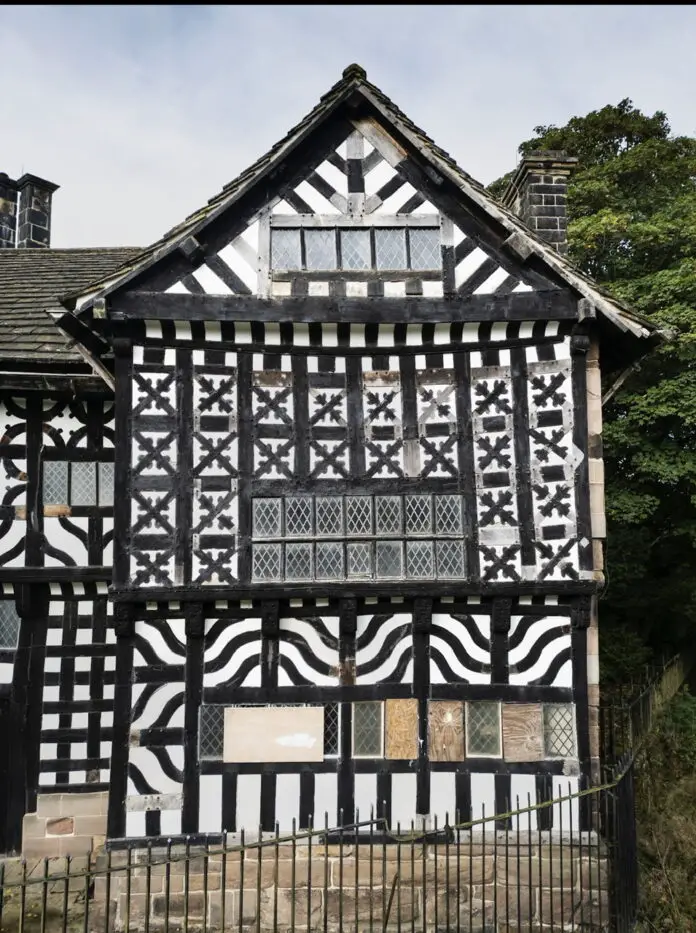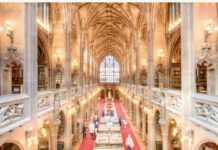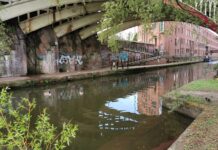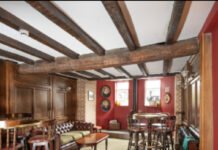Eight sites have been added to the Heritage at Risk Register 2024 in the North West and five sites have been saved in the region in 2024
Among the eight sites added to the Heritage at Risk Register 2024 are Bolton’s Hall I’th’ Wood and Wigan’s Queens Hall Methodist Mission, the birthplace of Wigan Athletic Football Club
Sites saved this year include Carlisle’s Tullie House Museum Gatehouse and Moseley Old Hall in Cheadle
Historic England has today revealed its Heritage at Risk Register 2024. The Register gives an annual snapshot of the health of England’s valued historic buildings and places. It helps to ensure they can be protected and continue to be enjoyed in the future.
Heritage brings local communities together, inspires creativity and boosts economic growth. The latest research shows that the heritage sector in the North West is an important source of prosperity and growth, contributing £4.5 billion to the regional economy and employing 57,000 people annually (2022).
Historic England works closely with partners and communities across the country to breathe new life into the places that need it most. Home to an array of historical attractions, heritage tourism generated £3 billion in spend in the North West in 2023 and 25 million day visits were made to historic sites.
Historic England awarded £1.53 million in grants for repairs to eight sites in the North West during 2023/2024. Many buildings and sites have been rescued with the help and commitment of local people, communities, charities, owners and funders, including The National Lottery Heritage Fund.
There are also buildings and places which need help. Over the past year, eight historic buildings and sites have been added to the Register in the North West because they are at risk of neglect, decay or inappropriate development.
In total, there are 416 entries on the Heritage at Risk Register in the North West in 2024 – three more than in 2023.
At Risk: Hall I’th’ Wood, Bolton, Grade I
Hall I’th’ Wood, a Grade I listed building in Bolton, Greater Manchester, has been identified as a site of significant historical importance now at risk.
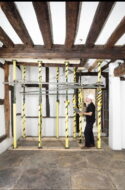
This Tudor timber-framed house, dating back to the early 1500s, is renowned as the location where Samuel Compton invented the spinning mule, a crucial development in the Industrial Revolution. As one of only 48 Grade I listed buildings in Greater Manchester, Hall I’th’ Wood represents a rare and valuable example of Tudor architecture.
The site, which has been operating as a museum under the management of Bolton Council since 1900, was forced to close its doors to the public in 2021 due to severe structural issues. These problems include timber decay, damp, rot, and damage caused by vandalism.
Bolton Council and Historic England have joined forces to restore the building and improve its energy efficiency, reducing operational costs and carbon emissions.
Historic England has pledged £47,500 towards Bolton Council’s £95,000 plan for essential survey work.
At Risk: Queens Hall Methodist Mission, Wigan, Grade II
Supporters of an entrance block of a former 1906 concert hall that was demolished in 1985, now a Methodist Mission, have embarked on a campaign to secure its future and maintain its vital role in the community.
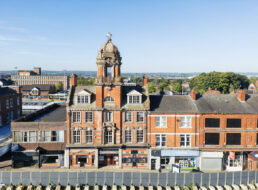
The entrance block building, which boasts an Edwardian Baroque style turret with red brick and stone-coloured dressings, and which has been a familiar sight in the town for over a century, now requires extensive high-level repairs to address deterioration.
The building’s significance to Wigan is underscored by two blue plaques in the entrance area. One commemorates the formation of Wigan Athletic Football Club within its walls, while the other honours Margery Booth, an opera singer and British spy who performed in the concert hall.
Currently, the building plays a crucial role in breaking down barriers to opportunity for local people. It hosts meetings for addiction support groups, provides adult community education, and offers access to a café.
Among those saved
Moseley Old Hall, Cheadle, Stockport, Grade II
A 17th century timber-framed house in Cheadle, with links to Bonnie Prince Charlie and the salvation of Manchester United Football Club, has been successfully restored.
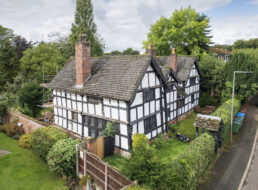
Built in 1666 for the Moseley family, this hall stands as a prime example of period architecture, featuring ovolo-moulded windows, an inglenook fireplace with original beams, and a splat-baluster staircase. The Hall has an impressive history, with Prince Charles (famously referred to as ‘Bonnie Prince Charlie’ due to his boyish looks and alleged charm) reputed to have visited in the 1740s during the Jacobite rebellion.
The Hall’s morning room was the setting of a momentous deal in the early 1900s that secured the future of Newton Heath Football Club, which was later renamed as Manchester United.
For several years, the property had been facing severe structural issues. The timber framing supports were losing integrity, putting the hall at risk of gradual collapse.
The turning point came with a new, dedicated owner who engaged oak frame restoration specialists to stabilise the Hall’s structure, ensuring its long-term preservation.
Heritage Minister Sir Chris Bryant said: “The UK has an abundance of heritage sites across the country that attract tourists and provide jobs in local communities. Many of these are in desperate need of support.
“The Heritage at Risk Register plays a vital role in our ongoing mission to protect and preserve our rich heritage across the country. Many beloved sites have been removed from the list this year and I hope that more will be saved thanks to their inclusion this year.”
Duncan Wilson, Chief Executive of Historic England said: “Heritage is so important to the North West. It plays a vital role in our society and boosts the regional economy. This year, we have seen partners and communities come together to help save the historic buildings and places that need it the most. It’s inspirational to see how we can harness the power of our heritage to benefit local people across the North West. Together, we can save our places and find new ways to enjoy the heritage that people value so much.”

